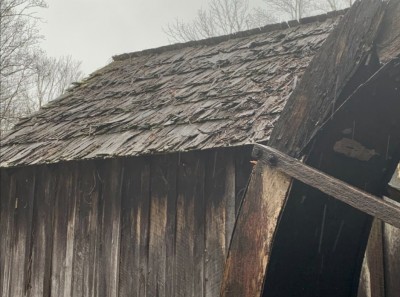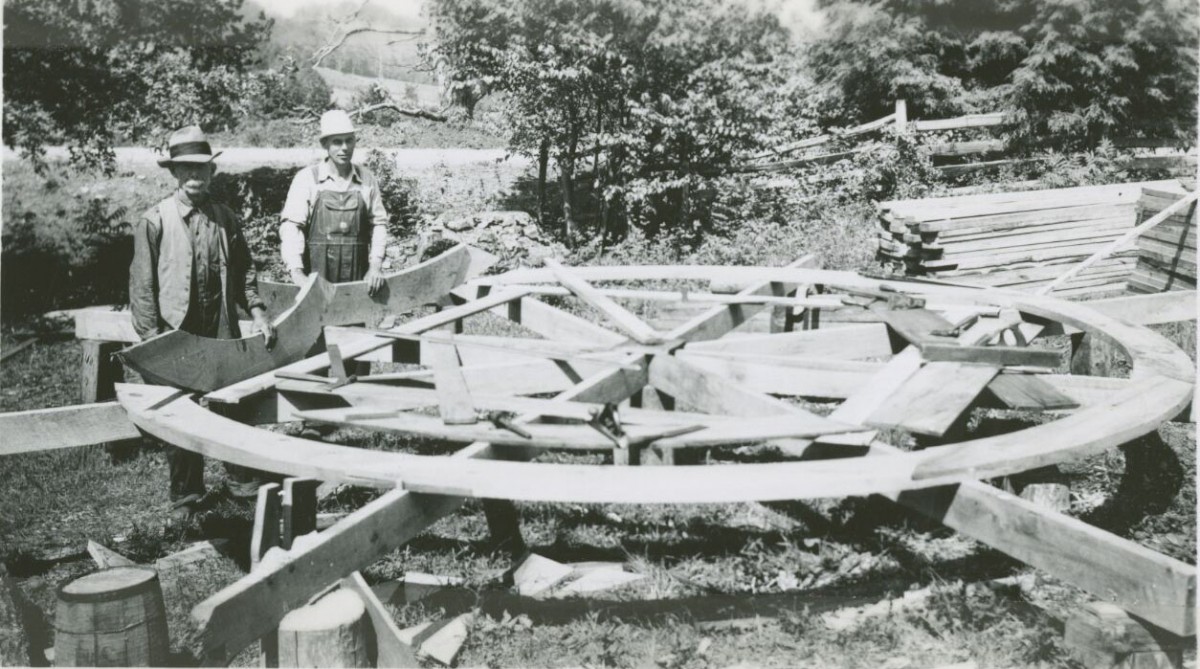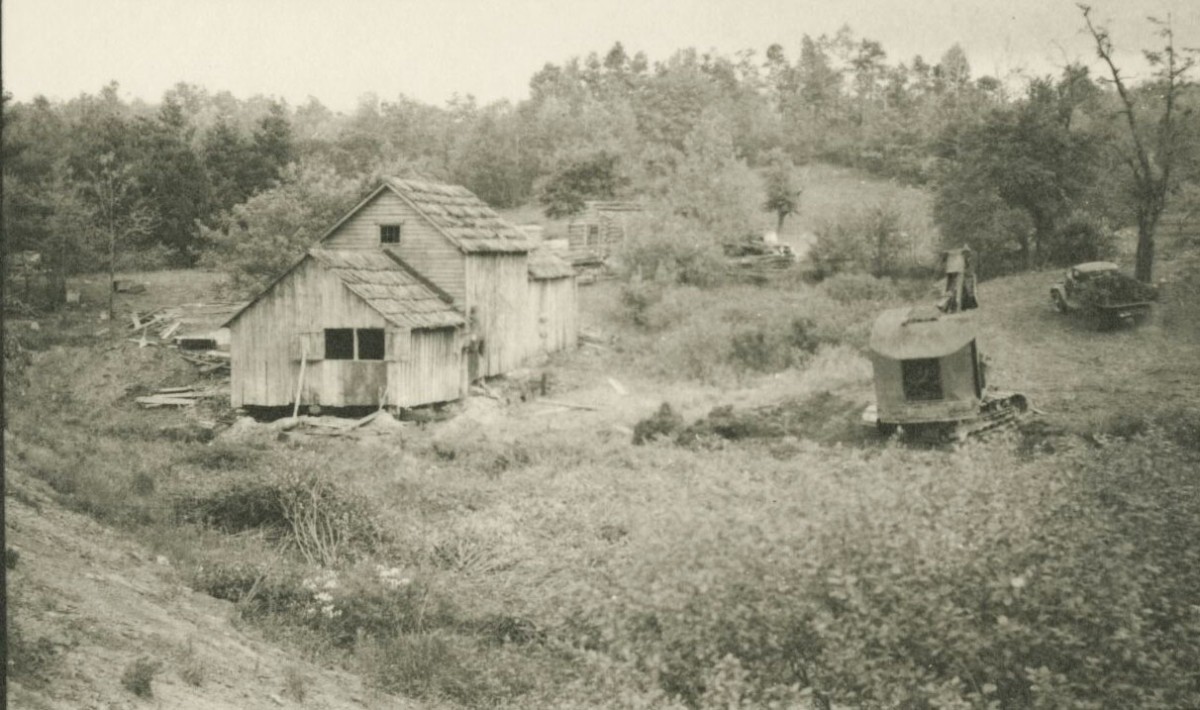Mabry Mill roof before.jpg
 Mabry Mill's weathered shake roof must be replaced.
Mabry Mill's weathered shake roof must be replaced. In 1938, the Parkway's most photographed site, Mabry Mill, was almost lost forever. In the early years of Parkway construction, many buildings were either designated to be saved or razed along the route.
Although the mill had seen better days when it passed into the possession of the National Park Service, the wood structure landed firmly on the save list. Still, a miscommunication sent a state highway crew to the site to demolish the structure built around 1910. By sheer luck, Park Ranger Edwin Mac Dale spotted the team entering the mill and stopped the destruction just before it started according to the book Ed and Lizzie: The Mabrys and Their Mill written by Michael Ryan. Today, we are once again in danger of losing this beloved Parkway destination and the stories it passes on.
We need your help to replace the mill’s failing roof. The weather-worn shakes are leaking, jeopardizing the ability to visit the mill and the survival of the structure itself. You can ensure the mill continues to share insights about early 20th century life by making a donation to replace the shake roof. This project will be the first phase of improvements to the historic structures onsite. Please give today to allow future visitors to step back in time, just as we have for decades.
Mabry Mill background
The Mabry Mill area was purchased by the National Park Service in the late 1930s, and the mill was restored in 1945 when most of the farm buildings in the complex were moved to the site. In the 1990s, the wheel was completely disassembled and rebuilt. In 2014, the wheel was refurbished with new buckets and outer bands and the pond was dredged. Four years later, the mill flume was replaced and new shake roofs installed on historic buildings at the site, with support from private donors and the Blue Ridge Parkway Foundation. Since that time, a weather event has damaged the mill wheel extensively.
The historic structure built by Ed and Lizzie Mabry in the early 1900s has undergone repairs numerous times since becoming part of the national park unit. When the mill was acquired, numerous repairs were undertaken. The following photos show the mill in 1942 without the waterwheel and pond and men working to construct a water wheel.

Photos courtesty of Blue Ridge Parkway/National Park Service
